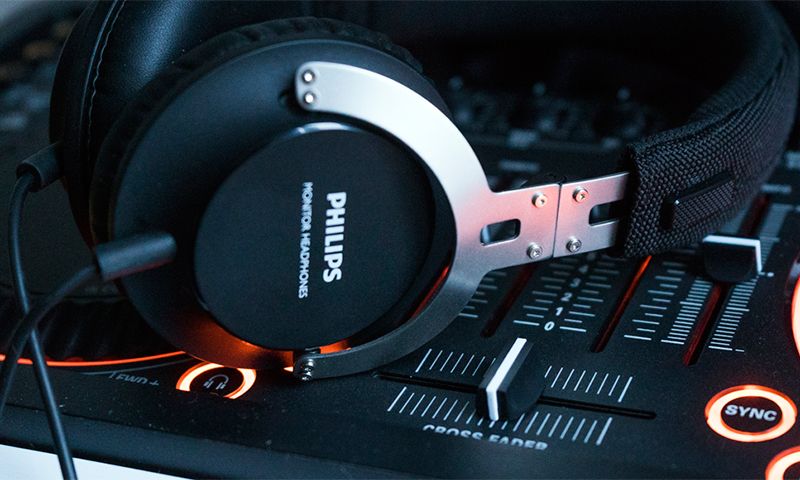Smartphone Vivo Y83 and Y83 Pro - advantages and disadvantages
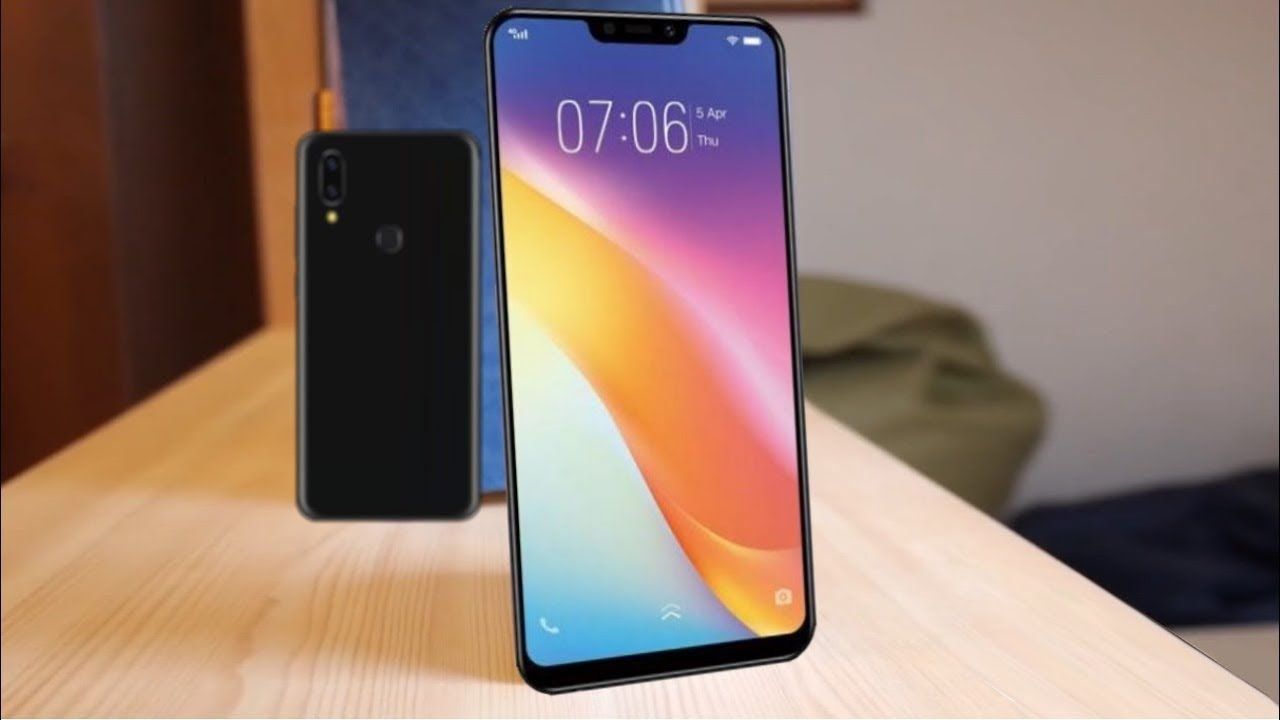
In 2018, Vivo released two similar models: the Y83 in spring and the Y83 Pro in autumn. This review contains a description of the pros and cons of these models, comparing them with competitors. Let's figure out in which cases which is better to buy a smartphone model.
Content
Differences between Vivo Y83 and Y83 Pro models
Y83 Pro is a new upgraded version of Y83. Smartphones are very similar. They have the same screens, processor, amount of memory, front camera and battery.
Let's list the differences, i.e. Advantages of the Pro model:
- dual rear camera 13 MP + 2 MP instead of a single 13 MP;
- added a fingerprint scanner (it was not there when the Y83 was released, but then it was also installed there);
- updated version of Bluetooth 5.0 instead of 4.2;
- used different colors.
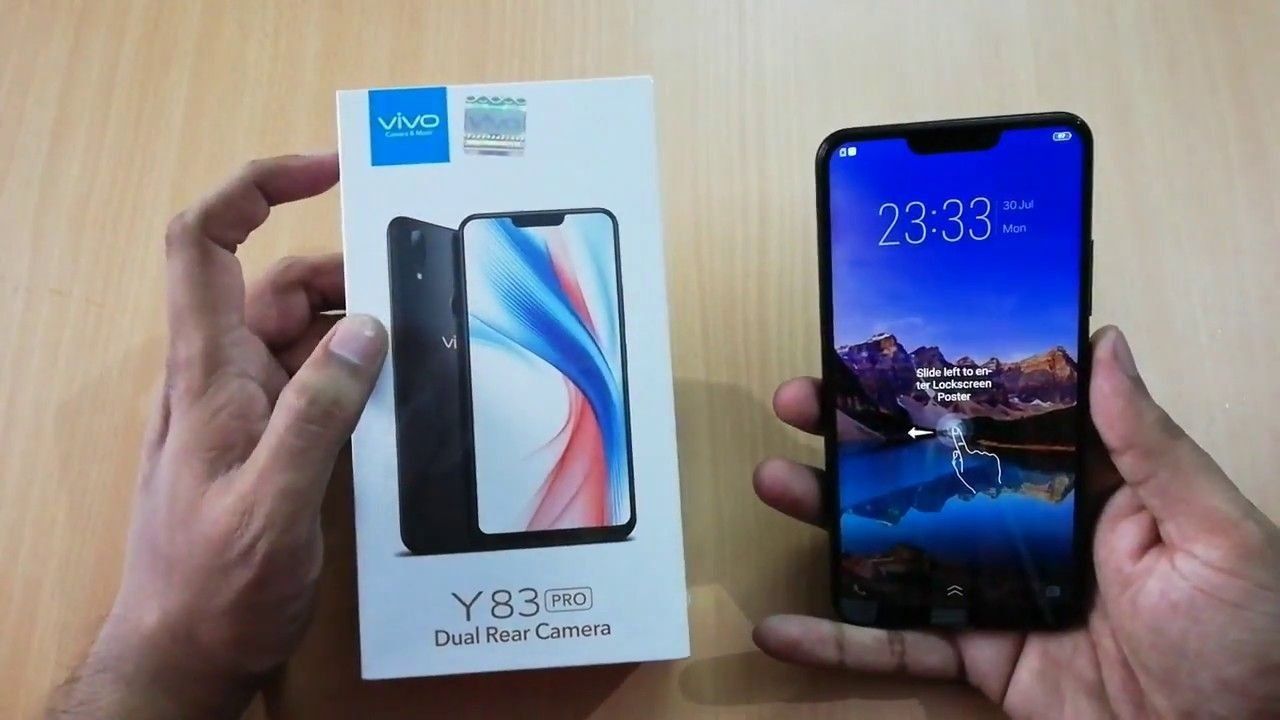
Appearance
Vivo Y83 received a large 6.22-inch screen and a modern almost frameless design. Only at the bottom is the strip wider. Housing materials - plastic, glass and aluminum. At the top of the screen is a trendy unibrow with a front camera and sensors. It is not very big and looks neat. Not at all as striking as, for example, a healthy bang in the Pixel 3XL. At the bottom there is a micro USB port and a 3.5 mm headphone jack, which is a definite plus. On the back of the Pro model is a fingerprint sensor. Unlock works stably and fast enough.
Due to the small bezels, the screen has a high percentage of surface area in relation to the total surface of the front panel - almost 83%. Despite the fact that the phone is quite large, it is comfortable in the hand and does not slip. Dimensions: 155.2 x 75.2 x 7.7 mm.
Smartphones have a lot of color options.
Y83:
- black (Black);
- white (Aurora White);
- red (Red);
- golden (Gold).
Y83Pro:
- black (Black);
- gold (Gold);
- gradient purple (Nebula Purple).
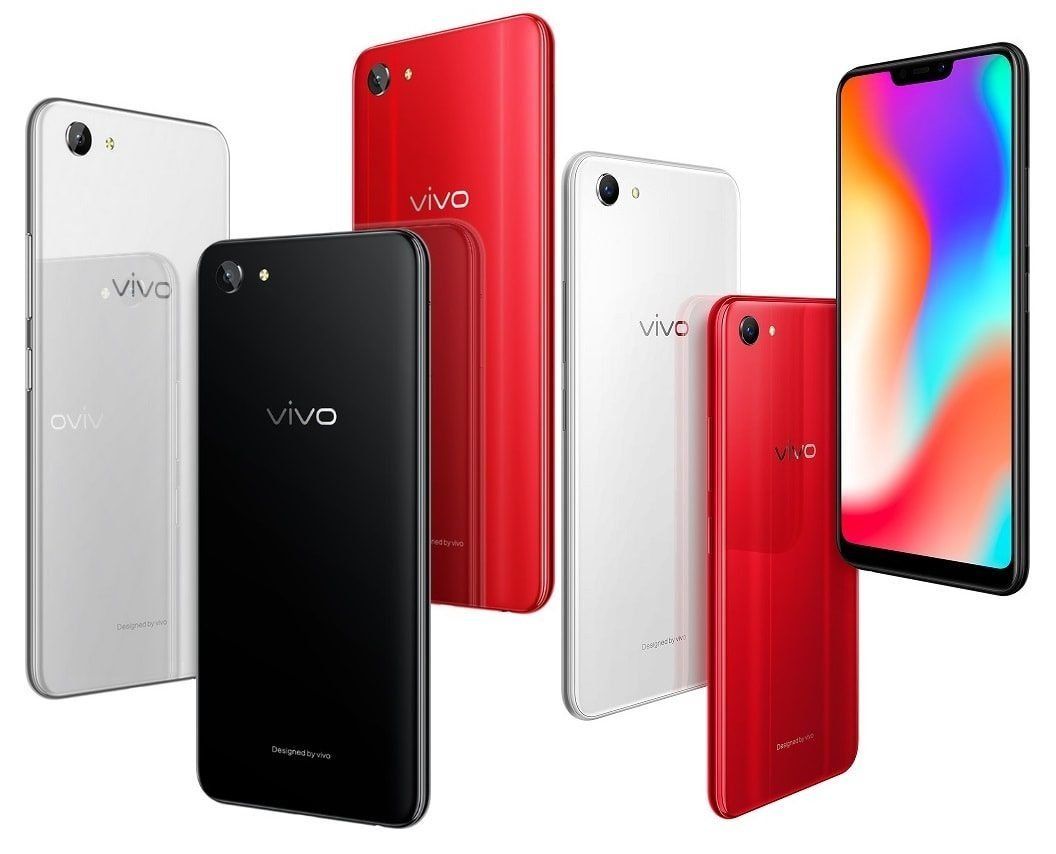
Specifications
Main technical characteristics of Vivo Y83 and Y83 Pro smartphones
| Vivo Y83 | Vivo Y83 Pro | |
|---|---|---|
| Screen | Diagonal 6.22” | Diagonal 6.22” |
| HD+ resolution 1520 x 720 | HD+ resolution 1520 x 720 | |
| IPS matrix | IPS matrix | |
| Pixel density 270 ppi | Pixel density 270 ppi | |
| Aspect ratio 19:9 | Aspect ratio 19:9 | |
| Color depth 24 bits | Color depth 24 bits | |
| SIM card | Dual Nano-SIM | Dual Nano-SIM |
| Memory | Operational 4 GB | Operational 4 GB |
| External 64 GB | External 64 GB | |
| microSD memory card up to 256 GB (separate slot) | microSD memory card up to 256 GB (separate slot) | |
| CPU | Mediatek MT6762 Helio P22 | Mediatek MT6762 Helio P22 |
| Frequency 2 GHz | Frequency 2 GHz | |
| Cores 8 pcs. | Cores 4 pcs. | |
| PowerVR GE8320 Video Processor | PowerVR GE8320 Video Processor | |
| Operating system | Android 8.1 (Oreo) + Funtouch OS 4.0 | Android 8.1 (Oreo) + FuntouchOS 4.0 |
| cameras | Main camera 13 MP | Main camera 13 MP + 2 MP |
| Flash LED | Flash LED | |
| Autofocus yes | Autofocus yes | |
| Camera aperture f/2.2 | Camera aperture f/2.2 + f/2.4 | |
| Front camera 8 MP | Front camera 8 MP | |
| Front camera aperture f/2.2 | Front camera aperture f/2.0 | |
| Battery | Capacity 3260 mAh | Capacity 3260 mAh |
| Battery stationary | Battery stationary | |
| Wireless technologies | WiFi 802.11b/g/n | WiFi 802.11b/g/n |
| Bluetooth 4.2 | bluetooth 5.0 | |
| Navigation | A-GPS, GLONASS | A-GPS, GLONASS |
| Sensors | Fingerprint scanner varies by version | There is a fingerprint scanner |
| Accelerometer | Accelerometer | |
| Compass | Compass | |
| Proximity sensor | Proximity sensor | |
| Light sensor | Light sensor | |
| Gyroscope | Gyroscope | |
| Connectors | Micro USB | Micro USB |
| 3.5 mm headphone jack | 3.5 mm headphone jack | |
| FM radio | there is | there is |
| Dimensions | 155.2 x 75.2 x 7.7mm | 155.2 x 75.2 x 7.7mm |
| The weight | 150 g | 152 g |
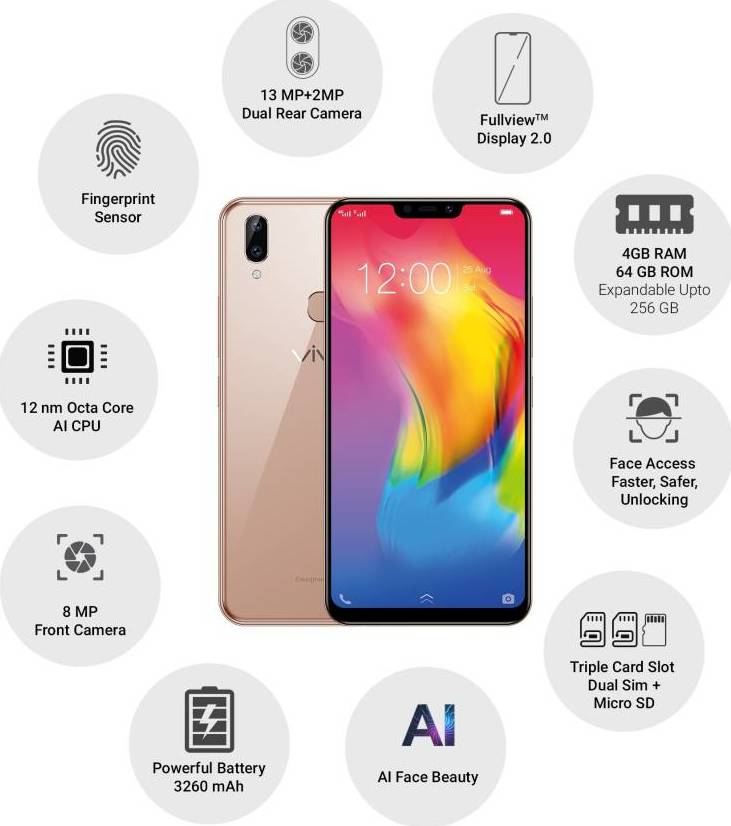
Screen
Despite the large diagonal, the display resolution is not so good by the standards of 2019, only 1520 by 720 pixels, and, accordingly, the density is not high, 270 dpi. The aspect ratio is 19:9.Despite the low resolution, the screen is well suited for games, for watching videos and photos, as well as for Internet texts. The screen is quite bright, even in the sun it is quite readable. There is a protective glass Gorilla Glass.
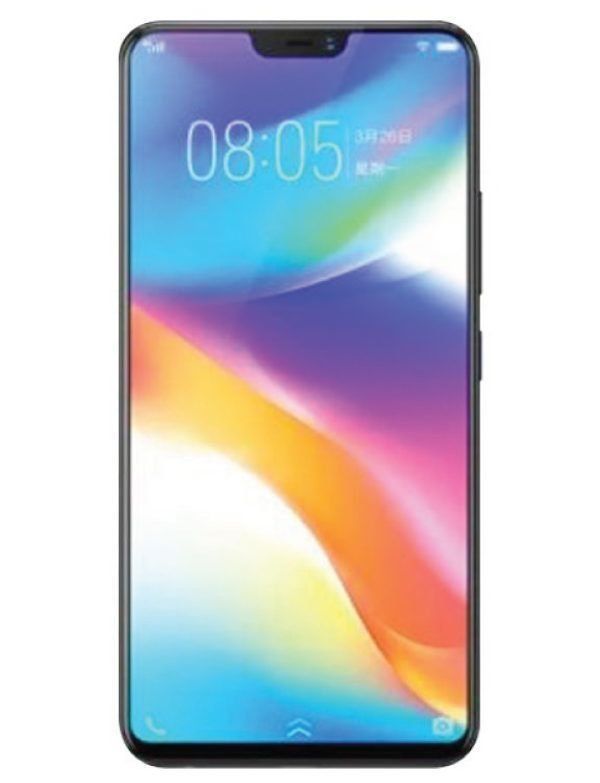
Operating system
Android 8.1 Oreo is installed on smartphones with Funtouch OS 4.0 proprietary shell. Android here is very heavily reworked and changed. The Chinese-style shell is strongly reminiscent of iOS.
The first thing that catches your eye is that all applications are on the desktop, there is no separate application menu. The only way to organize them is with folders. All the same is in the shells of other Chinese manufacturers Huawei, Xiaomi or ZTE. In a similar way, like Xiaomi, a search is organized by device (similar to Apple's Spotlight).
The notification shade has also been redesigned here. If you pull the curtain from the top, then only notifications will open without the main icons for managing device settings. All controls are pulled out from the bottom of the screen, as is done in iPhones. The icons are small and not very responsive. They don't slide very well either. Sometimes, instead of scrolling, a tap occurs and some function is enabled or disabled. A strange decision that takes a long time to get used to. From the same settings center, you can work with applications: close some, or vice versa, protect them from automatic closing.
The navigation bar here is software. You can start multitasking, switch between applications and close them. In this regard, everything is quite traditional. In its place are the buttons "back" and "home".
Animation is smooth and fast, apps launch crisply and exit quickly. The system is behaving well.
System applications from Vivo are not quite ordinary. They will need to get used to. The whole Funtouch OS revolves around the Vivo account, there is a vivo cloud, its own appstore.
There is a gesture control system. There are many gestures and they are very diverse.
In general, they tried to make the user interface look like iOS, but, as is almost always the case, the copy turned out to be worse than the original. Funtouch is inferior in thoughtfulness, convenience and design to iOS and, perhaps, pure Android too. However, this is a matter of taste and habit.
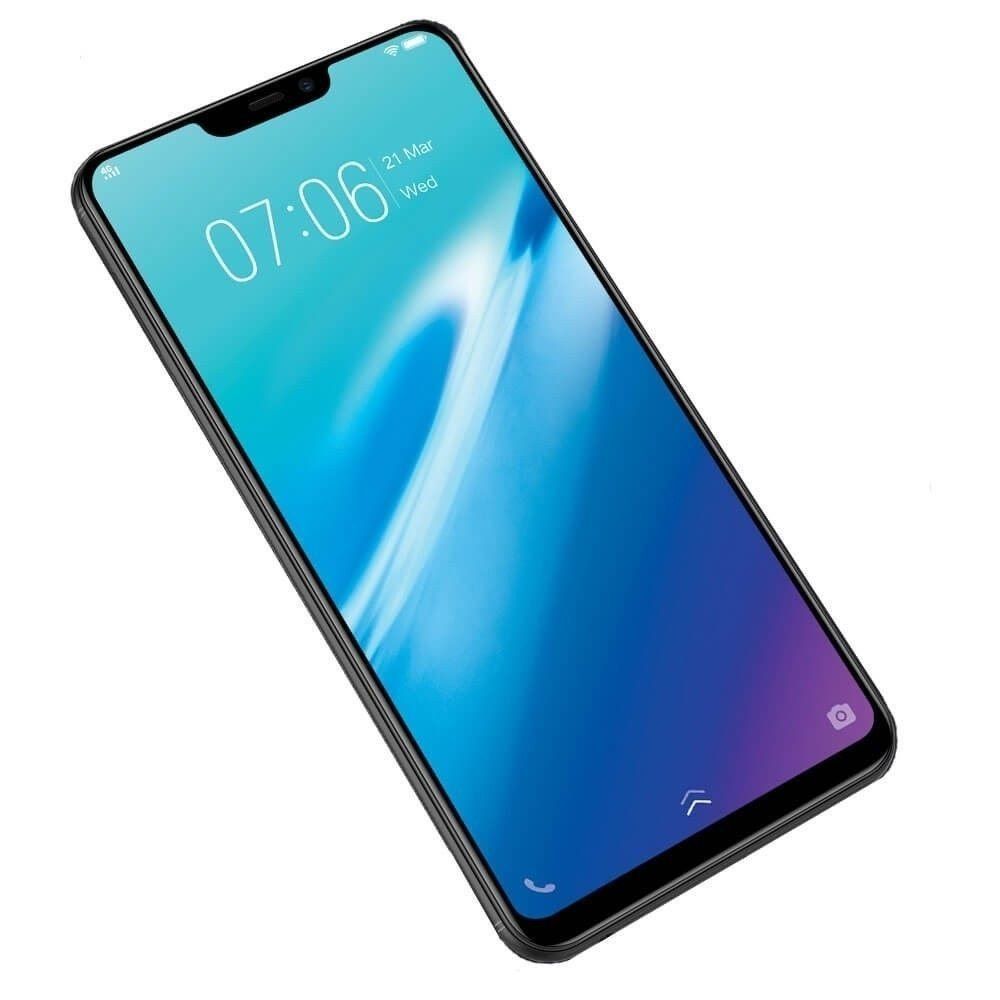
Performance
Smartphones received a budget MediaTek Helio P22 processor. This chip is manufactured using a "thin" 12nm process. Eight Cortex-A53 cores are clocked at 2GHz. 64-bit data is supported.
Previously, Media Libraries were equipped with a Mali graphics accelerator, which was not well suited for active games. It was significantly inferior to chips from Qualcomm. Here, the more productive PowerVR GE8320 is responsible for the graphics, which allows you to get rid of large-scale throttling.
On board, 4 GB of RAM and 64 GB of permanent memory are installed, which is very good, given that the models are inexpensive. It is possible to install additional SD memory up to 256 GB, and a separate slot is allocated for this, which is very good.
In general, the smartphone turned out to be quite fast, although of course it is far from the speed records.
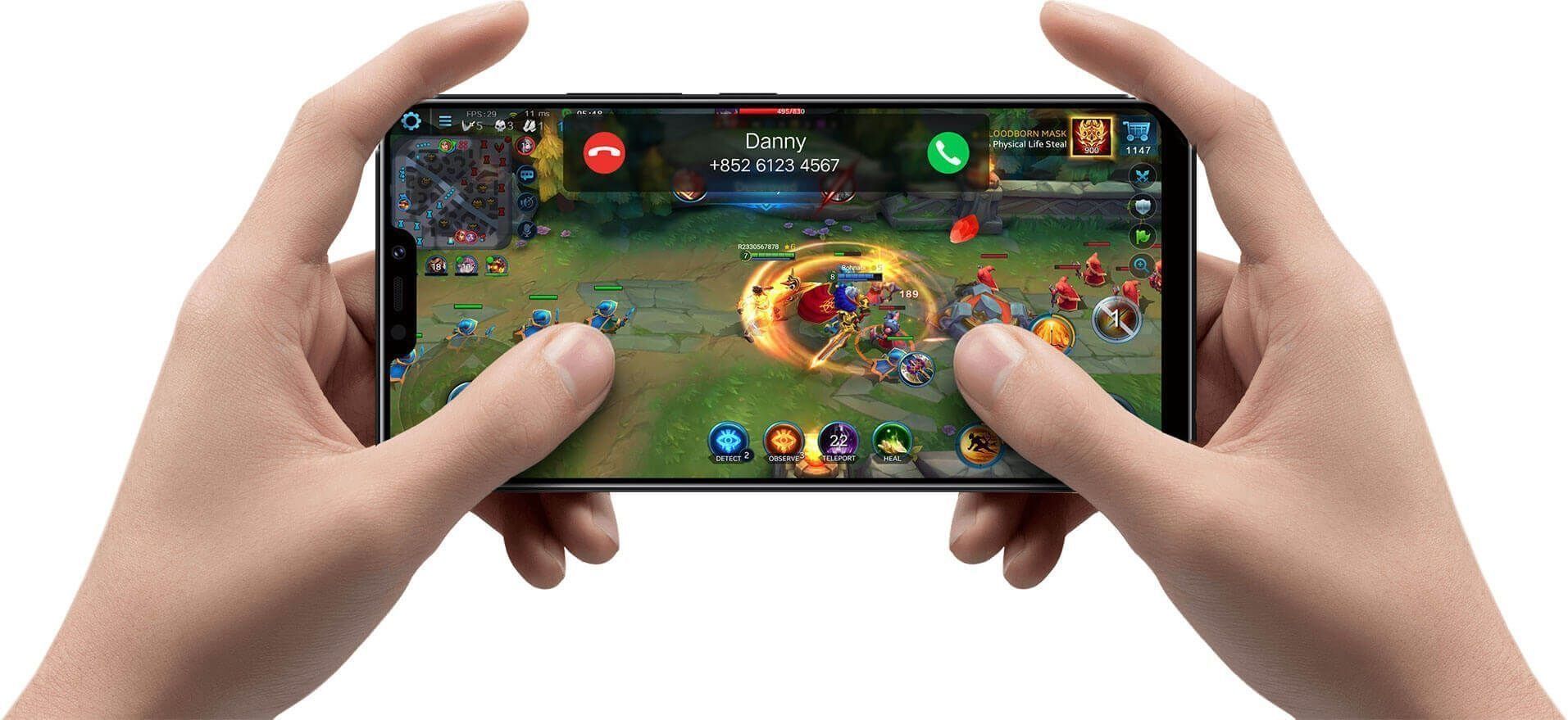
autonomy
Smartphones are equipped with lithium-ion batteries with a capacity of 3260 mAh. Nothing special, but the battery is enough for a day of work. Supports fast charging.
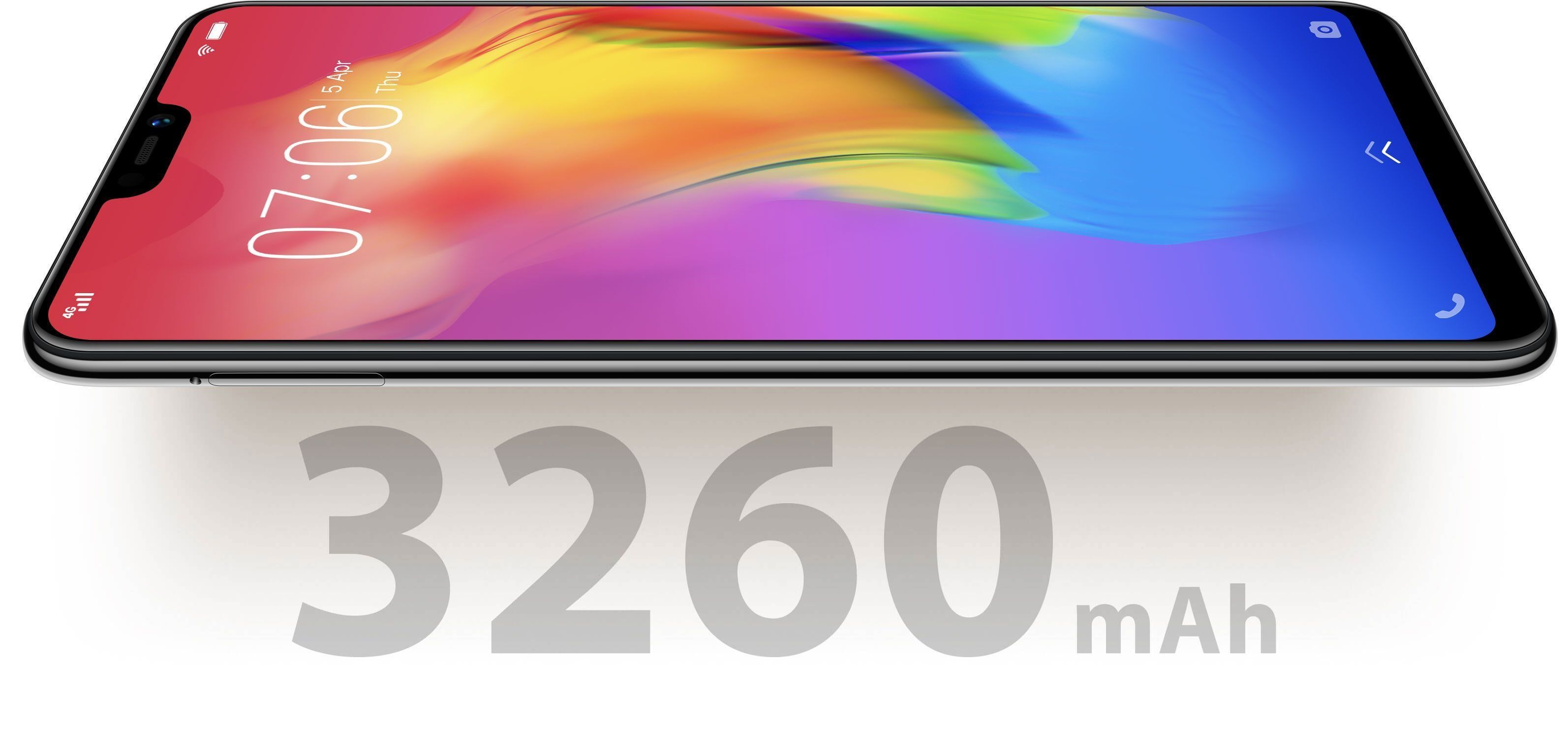
cameras
Let's see how the smartphone from Vivo takes pictures and how it shoots video.
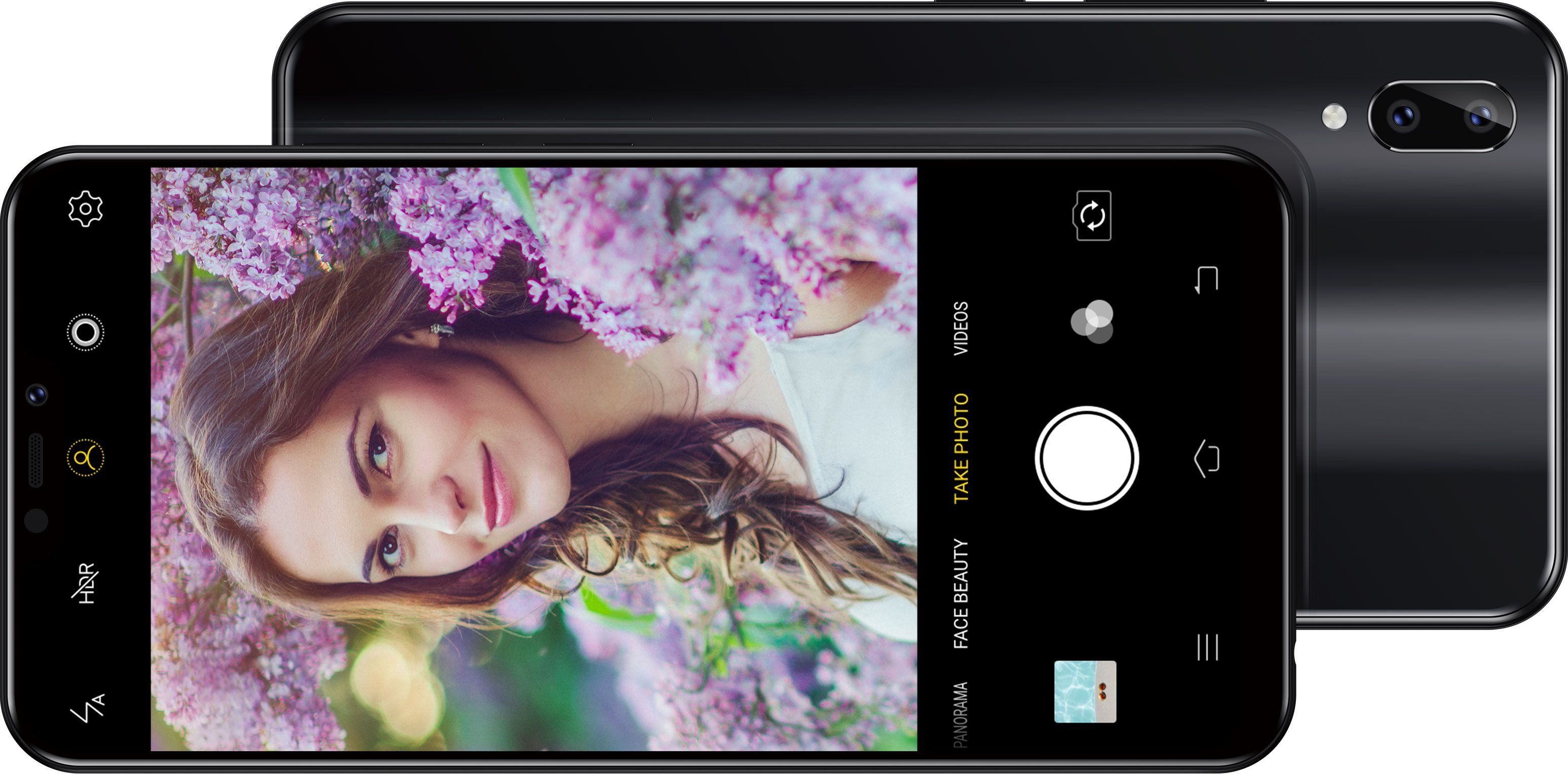
Main camera
The Y83 has a 13MP primary camera with f/2.2 aperture, and it's the only one.The Pro model has an additional 2 MP camera with f/2.4 aperture. This allows you to well realize the blur effect in portrait mode. Autofocus works quite stable. Sharpness and detail in the daytime is quite decent. If you look at how the device takes pictures at night, then detailing is immediately lost, noise appears, sharpness drops. However, almost all budget models suffer from this.
Video is recorded in FULL HD mode at 30 frames. You can record in both fast and slow motion. Video and sound are written in average quality, quite common in such phones.
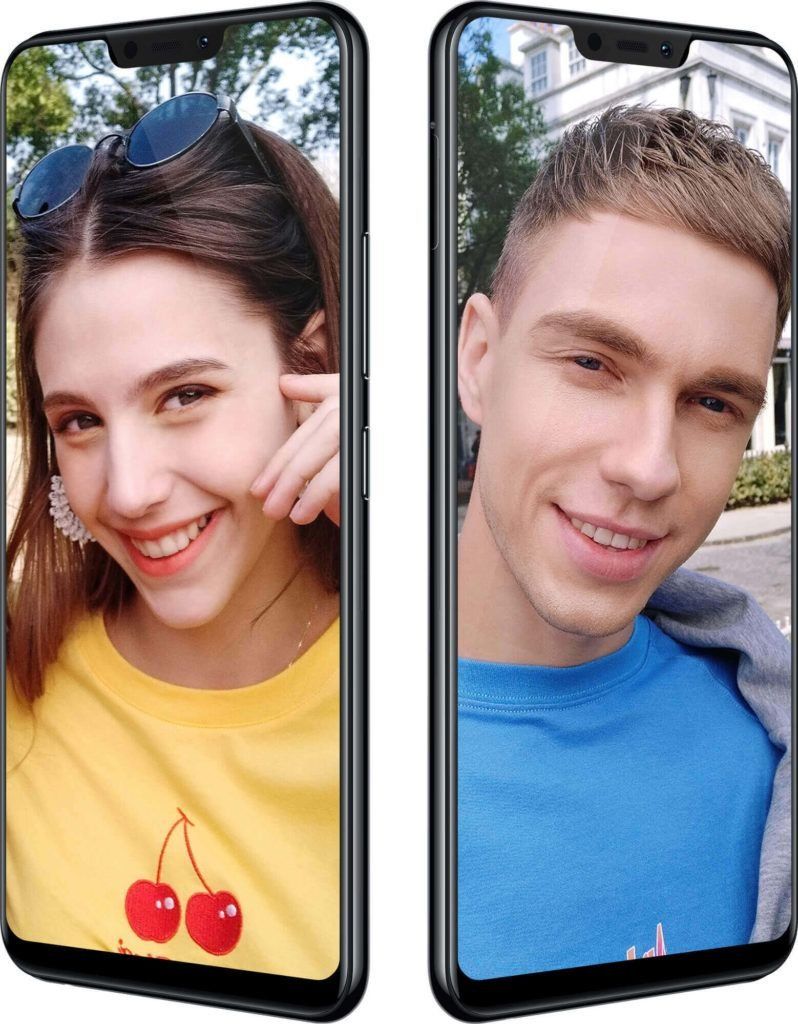
Selfie camera
The front camera of both models is the same – 8 megapixels with f / 2.2 aperture. Artificial intelligence helps to transform the photo in enhanced selfie mode. The result is not always natural. There is a "live photo" mode, when you get a short video based on a sequence of fast frames.
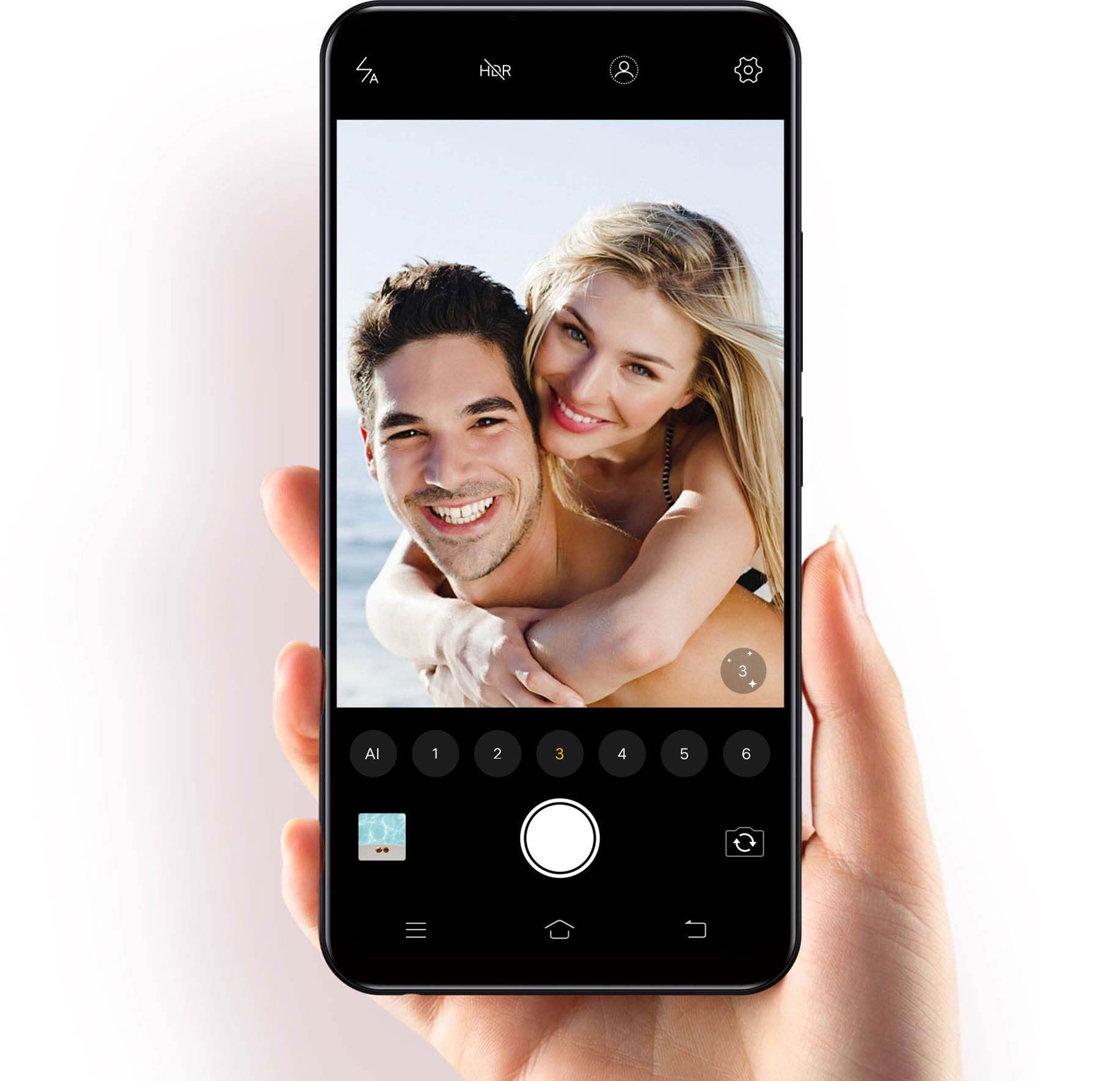
Wireless interfaces
Smartphones support all frequencies used by domestic telecom operators, Wi Fi 802.11 b / g / n, Bluetooth 4.2 in the “classic” version and already 5.0 in the Pro version. There is support for GPS, Glonass, Dual Sim. There is an FM radio. As often happens, Vivo does not have NFC support.
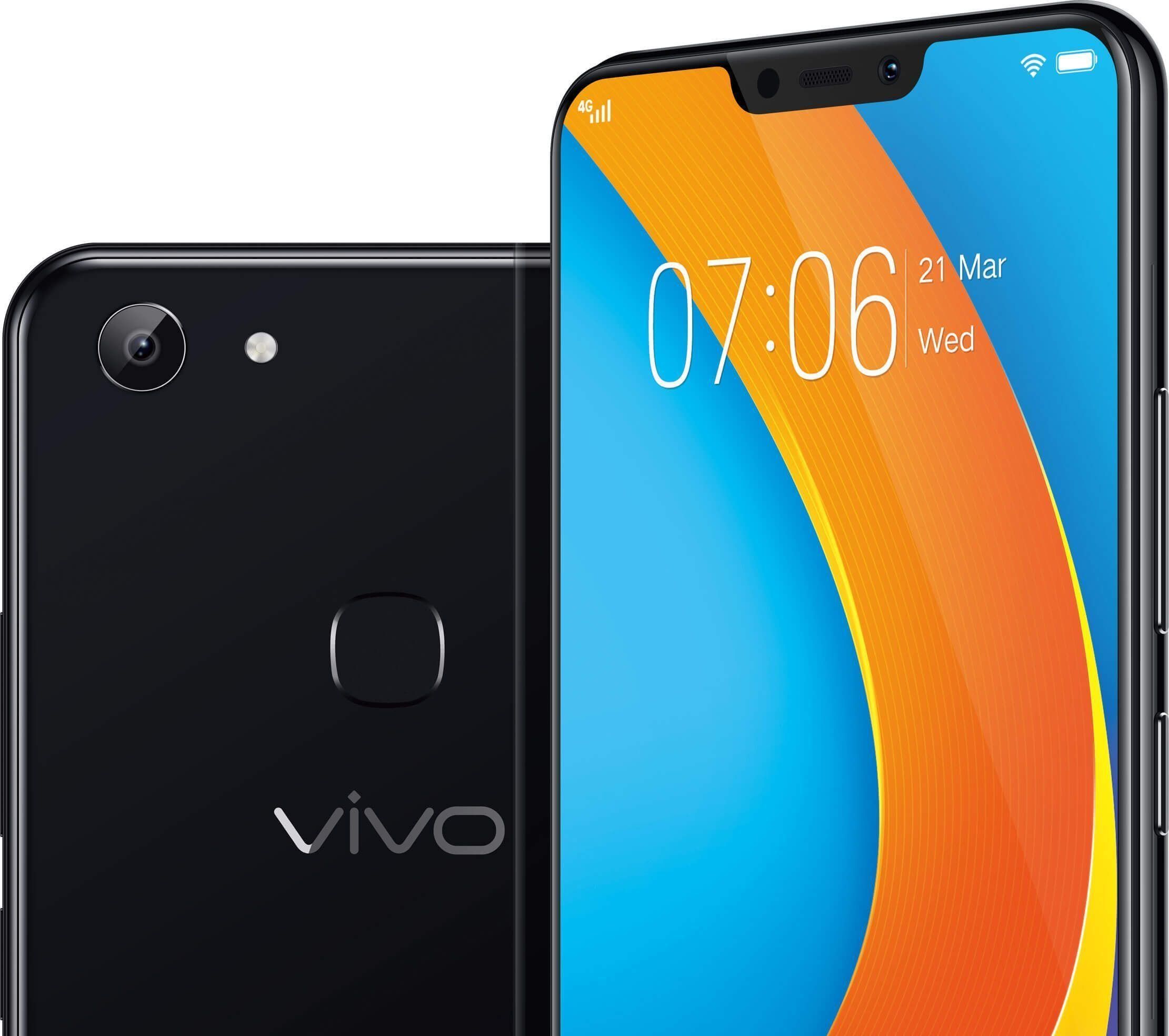
Comparison with other popular models
Let's compare other popular models comparable in price to the Y83 Pro. We will compare the Pro model as newer and with better characteristics. The best Chinese manufacturers participate in the competition. The presented models have already won their place in the market and received good reviews.
Comparison with Oppo A5
First of all, a comparison with the Oppo A5, a relative of the BBK concern, suggests itself. And they look like twin brothers.They have the same functionality, a modern frameless design, and screens that are almost the same in size and resolution. Also the same cameras as the Pro model.
These models differ in the installed chipset. Oppo uses the well-received Qualcomm Snapdragon 450 with Adreno 506. While it runs at a slower clock speed of 1.8GHz versus the Vivo's 2GHz, it's not guaranteed to run slower than MediaTek in real-world conditions.
Oppo has a much more powerful battery 4230 mAh versus 3260 mAh. Vivo and Oppo also use different proprietary shells - Funtouch OS and Color OS, respectively. Here, who is used to what.
With very close specifications, Oppo wins in autonomy, but Vivo has more external memory 64 GB versus 32 GB. The popularity of models is strongly influenced by how much this or that device costs. Here, Oppo's average price is slightly higher.
Comparison with ZTE Blade V9
ZTE Blade V9, like Oppo, is equipped with Snapdragon 450. Therefore, everything said above about comparing the performance of the Vivo and Oppo chipset applies to it. Vivo has more RAM - 4 GB, ZTE - 3 GB. The Vivo has a larger screen at 6.22 inches versus the ZTE's 5.7, but the V9 has a much better display at 2160 x 1080 pixels.
V9 is one of the leaders in the quality of cameras in the budget segment, which cannot be said about Vivo models, where the cameras are mediocre. Another undoubted advantage of ZTE is the presence of an NFC module.
What are the selection criteria here? Vivo wins in terms of RAM and screen size. If the quality of the display is more important, the ability to get decent photos, or you need contactless payments, then you should choose the ZTE model.
Comparison with ASUS Zenfone Max Pro M1
Max Pro M1 tops the ranking of high-quality budget devices in many respects. It surpasses Vivo Y83 in almost all characteristics. It has a more productive Qualcomm Snapdragon 636 + Adreno 509 chipset, a better Full HD + display, a much more powerful battery than 5000 mAh.
Here it is clear which model of the company is better in terms of characteristics. But Vivo has a much more modern and attractive appearance. How to choose from these smartphones? If design is important, then it is better to choose a Vivo device, if autonomy, performance and screen quality are important, then your choice is Max Pro M1.
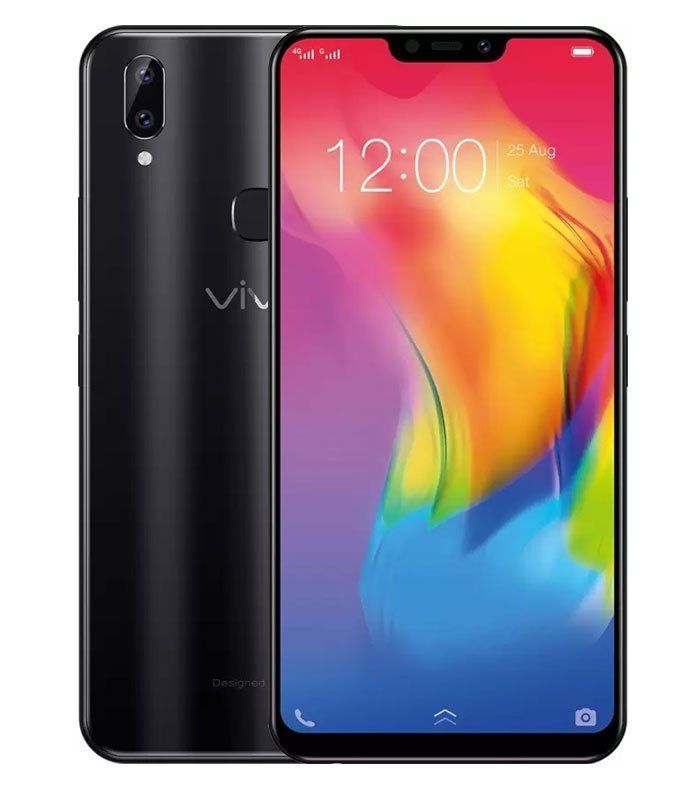
Results: advantages and disadvantages of Vivo Y83 and Y83 Pro
- modern frameless design;
- 4 GB of RAM;
- additional memory expansion slot.
- low resolution screen
- mediocre cameras;
- no NFC.
The official release of Vivo Y83 to the domestic market is not planned. Where it is profitable to buy this model from us is not yet clear. They are only available in China. This phone is designed for those who are looking for a beautiful reliable phone from a good manufacturer with a large display and good performance.
new entries
Categories
Useful
Popular Articles
-

Top ranking of the best and cheapest scooters up to 50cc in 2022
Views: 131650 -

Rating of the best soundproofing materials for an apartment in 2022
Views: 127689 -

Rating of cheap analogues of expensive medicines for flu and colds for 2022
Views: 124518 -

The best men's sneakers in 2022
Views: 124032 -

The Best Complex Vitamins in 2022
Views: 121938 -

Top ranking of the best smartwatches 2022 - price-quality ratio
Views: 114979 -

The best paint for gray hair - top rating 2022
Views: 113394 -

Ranking of the best wood paints for interior work in 2022
Views: 110318 -

Rating of the best spinning reels in 2022
Views: 105328 -

Ranking of the best sex dolls for men for 2022
Views: 104365 -

Ranking of the best action cameras from China in 2022
Views: 102215 -

The most effective calcium preparations for adults and children in 2022
Views: 102011




